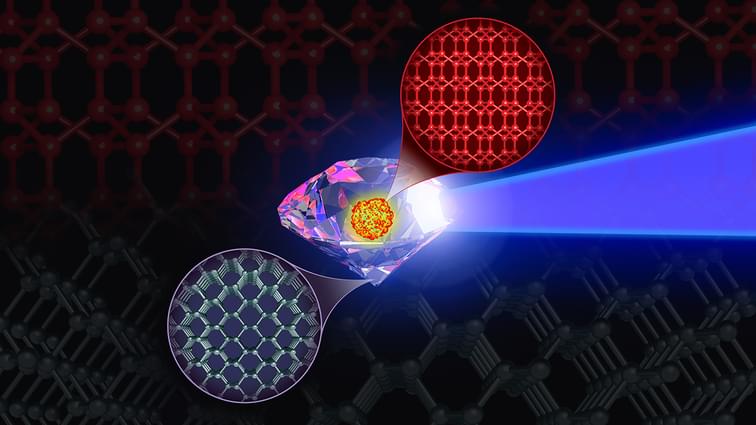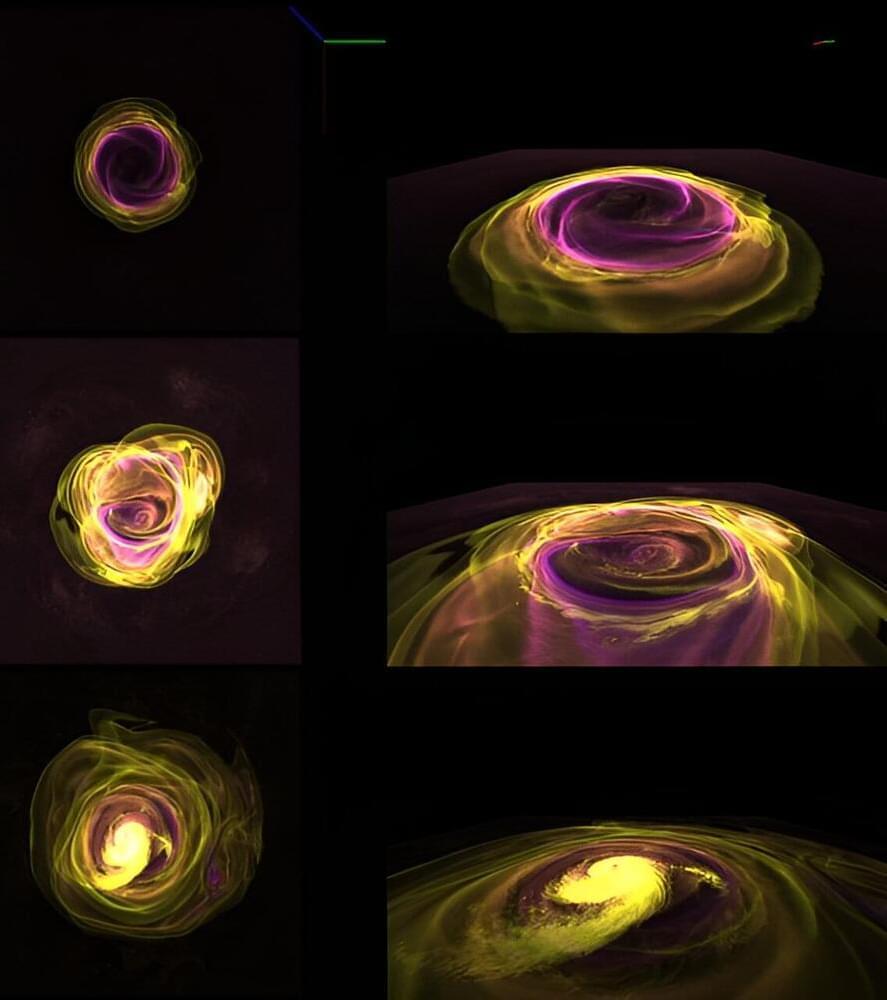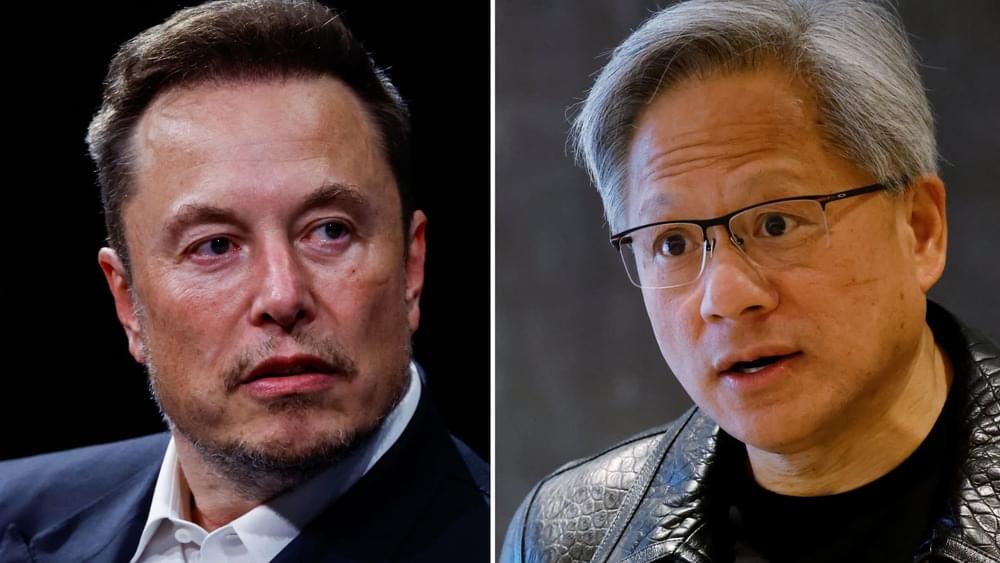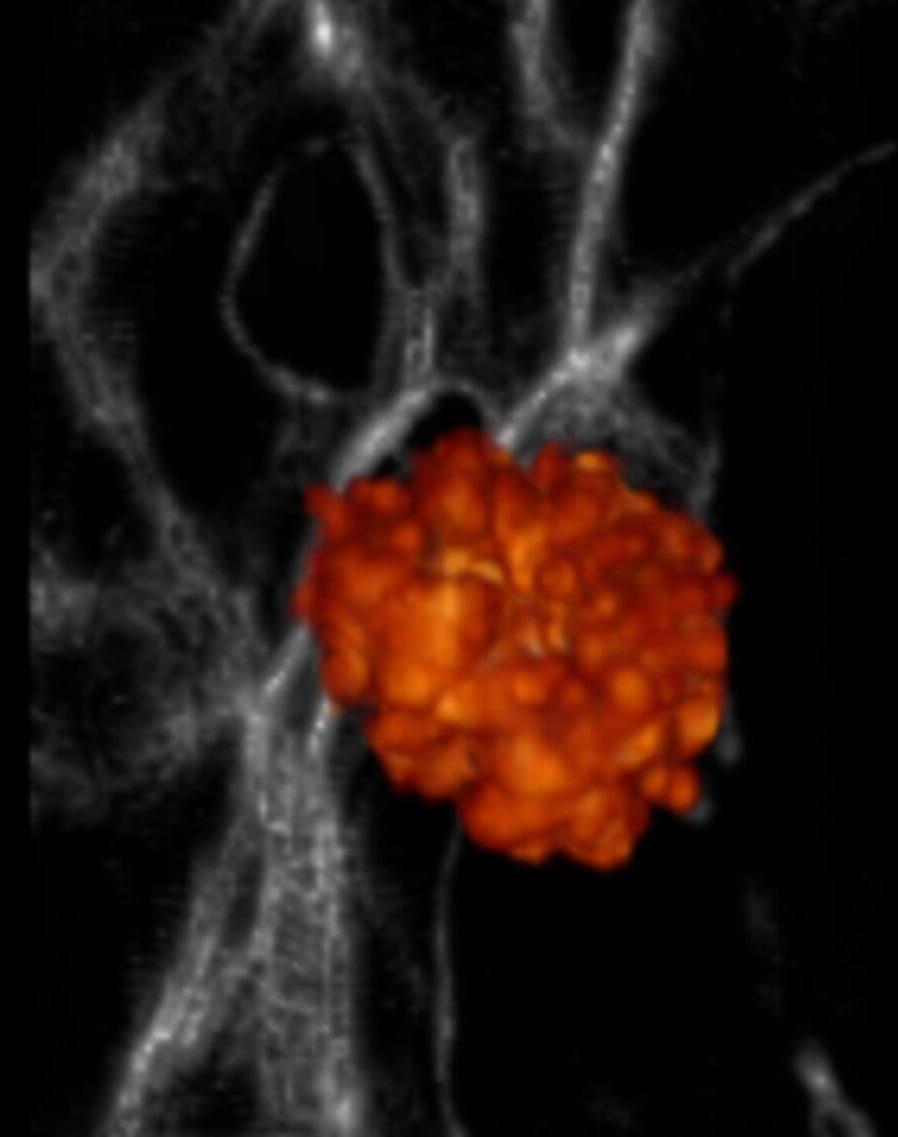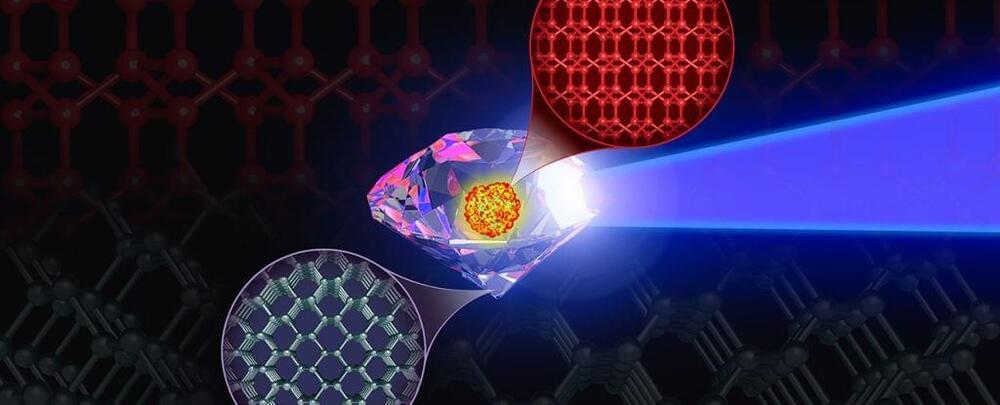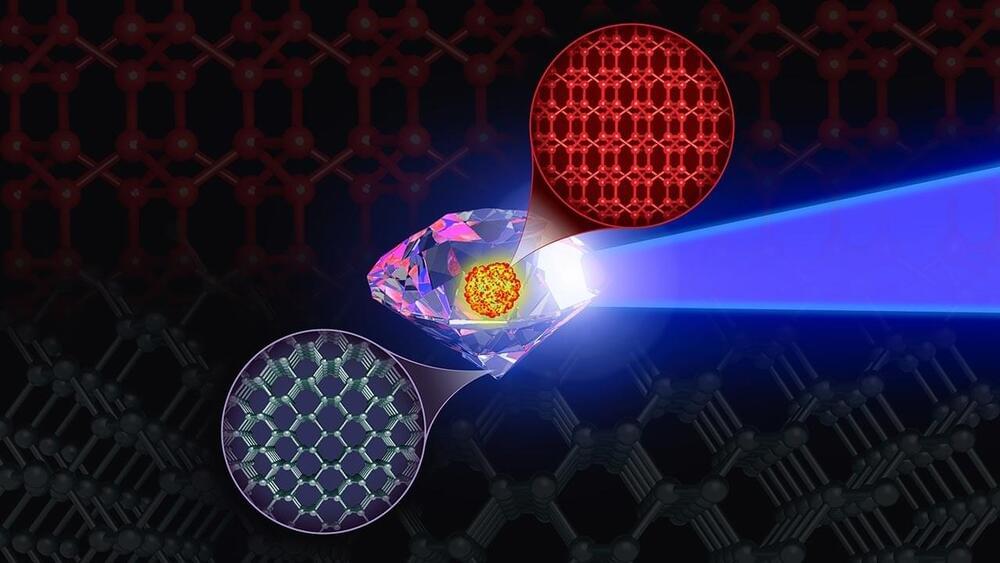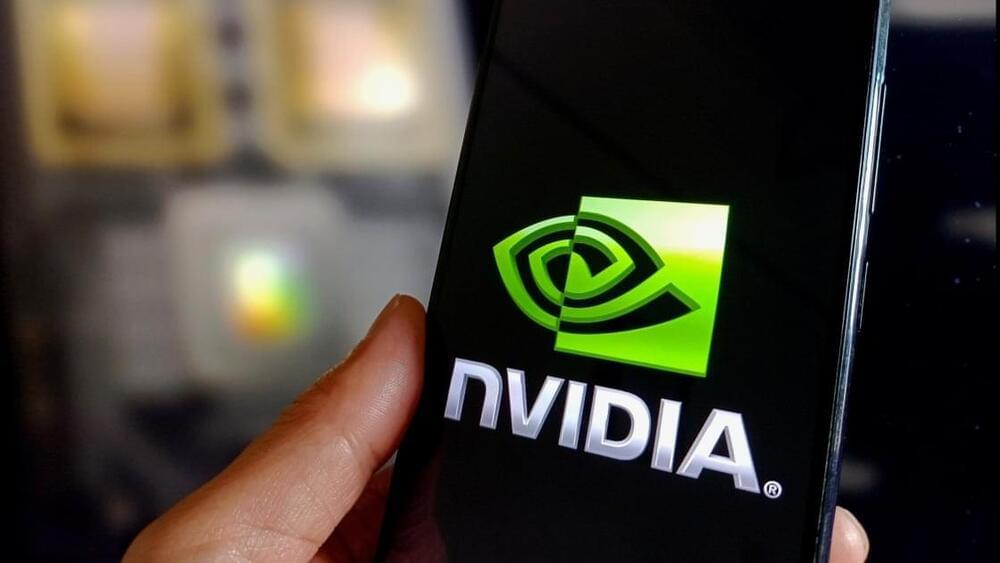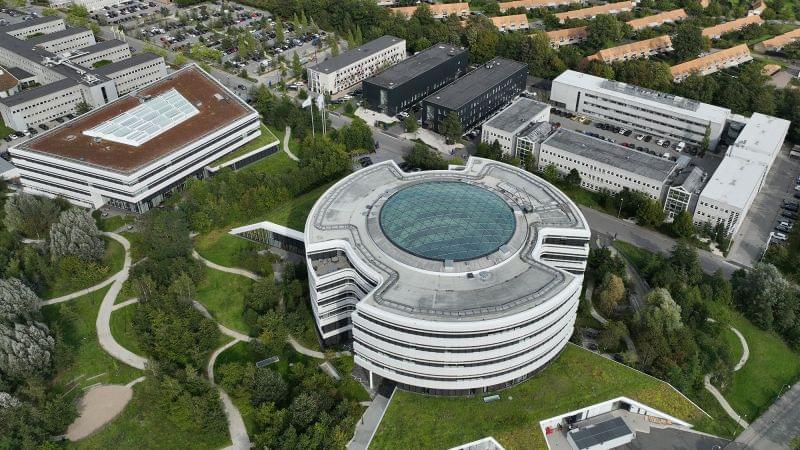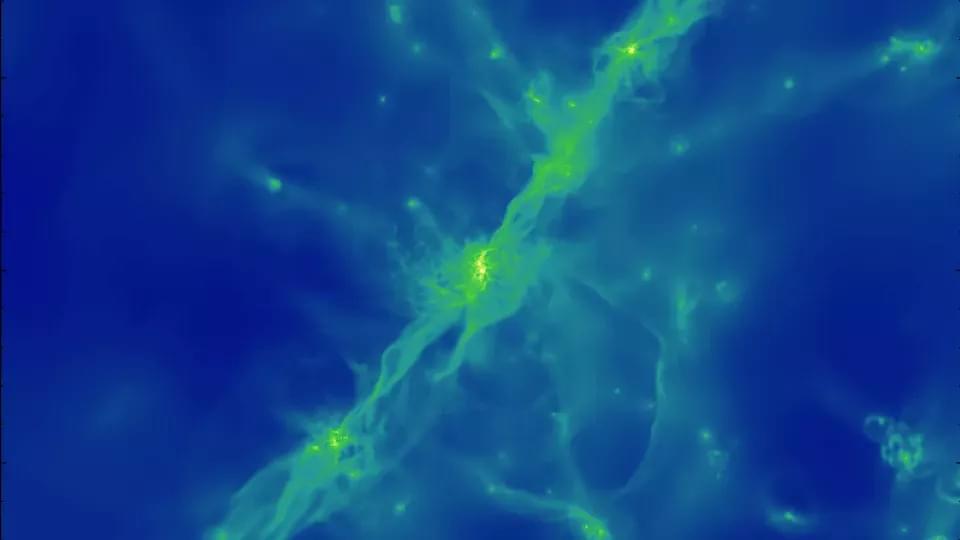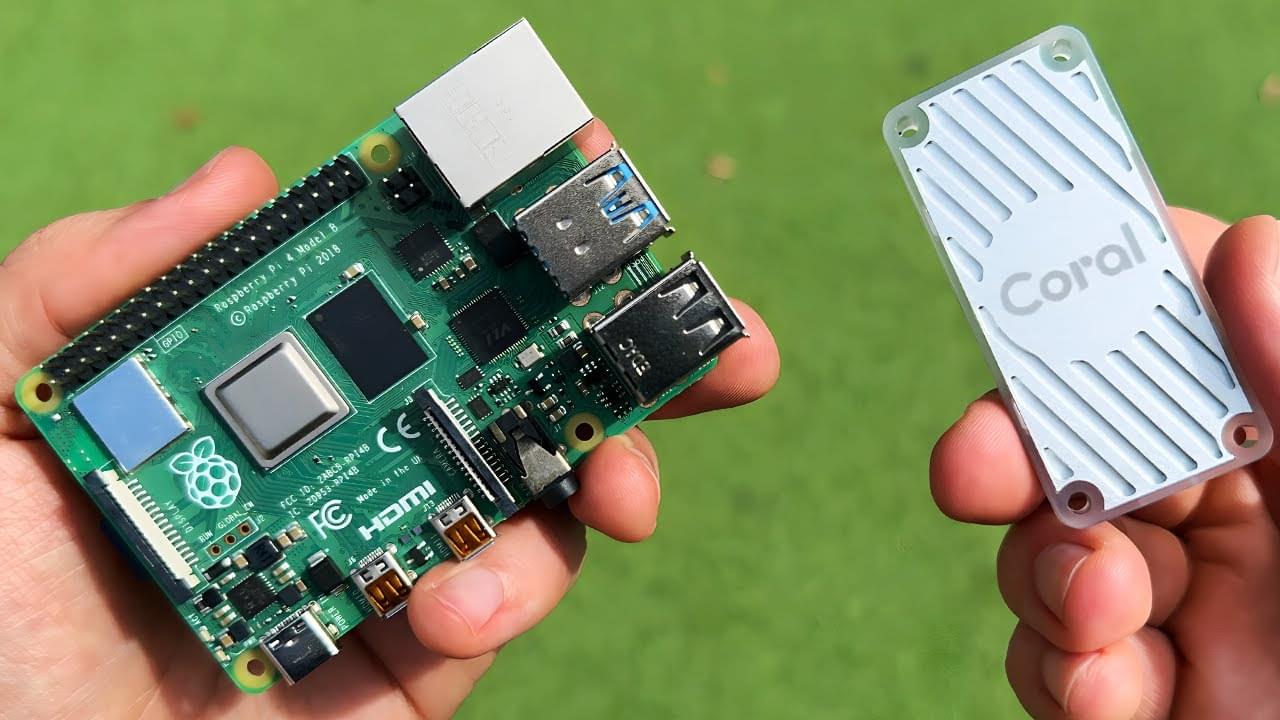Mar 22, 2024
Supercomputer simulations of super-diamond suggest a path to its creation
Posted by Shailesh Prasad in categories: particle physics, space, supercomputing
Diamond is the strongest material known. However, another form of carbon has been predicted to be even tougher than diamond. The challenge is how to create it on Earth.
The eight-atom body-centered cubic (BC8) crystal is a distinct carbon phase: not diamond, but very similar. BC8 is predicted to be a stronger material, exhibiting a 30% greater resistance to compression than diamond. It is believed to be found in the center of carbon-rich exoplanets. If BC8 could be recovered under ambient conditions, it could be classified as a super-diamond.
This crystalline high-pressure phase of carbon is theoretically predicted to be the most stable phase of carbon under pressures surpassing 10 million atmospheres.
